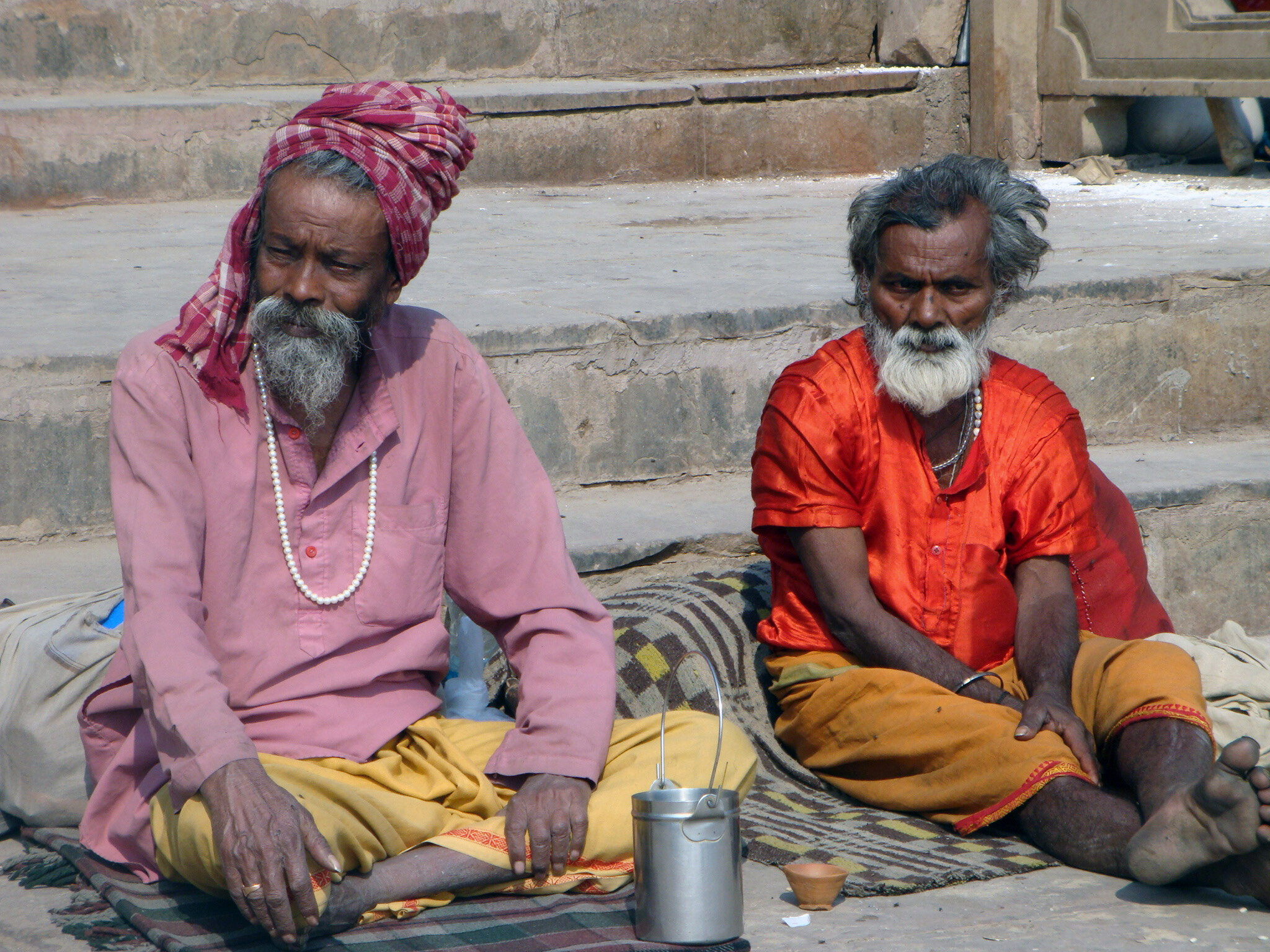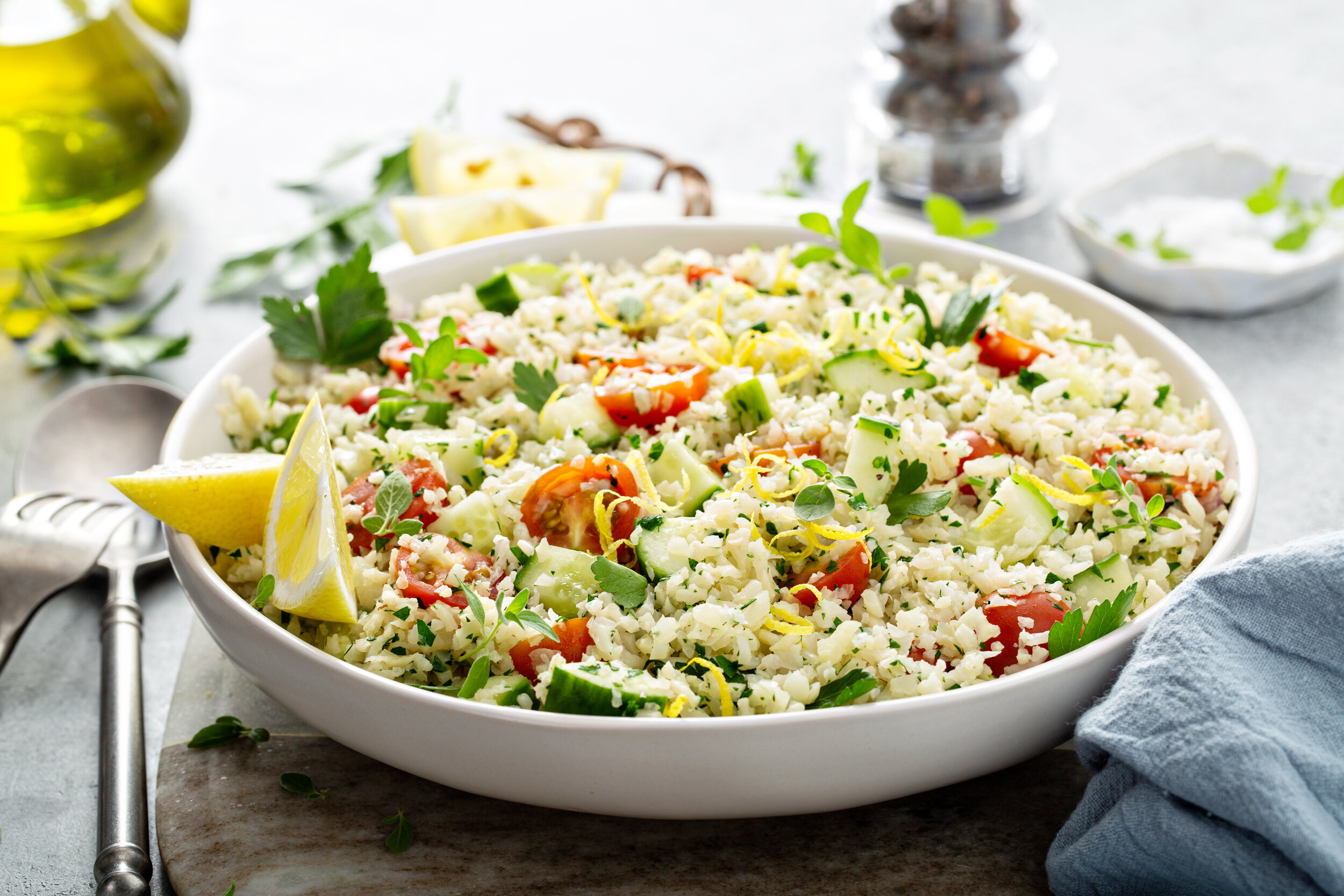For the love of travel

Travel is my obsession. I dream about it, study and plot out potential trips, embrace all that happens while on the road, and thoroughly love it. My hunger for foreign places is never satiated. There are places where one visit is enough, and there are others—such as India—that draw me back again and again.
The Travel Bug bit me from an early age despite a childhood void of anything approaching adventure travel. My California upbringing included an annual Christmas trip to low-key, relatively safe, all-inclusive Mexican resorts, road trips in the loaded-down family station wagon to National Parks, and a week each summer at a lodge in the Sierra Nevada Mountains. We did not engage in big city stays or European jaunts. Asia was never in the picture as Dad still harbored resentment for the Japanese and WWII. Both parents were terrified of anything remotely Communistic. They went on cruises, leaving us kids at home. They never spoke of the destinations, but rather of on-board food, bridge tournaments, formal night, and dancing.
As a child, I longed to visit places that sounded remote and exotic—Tibet, Shanghai, Kathmandu, Istanbul. How did these places smell? What sounds were carried in the air? Did people smile? Were they clean and well fed? What worries occupied their minds? I set out as an emancipated 16-year-old hippie to travel the world. I began in the Middle East, later arrived in India, and later still settled down for a stint on the island of Ibiza. I supported myself by created one-of-a-kind clothing for a custom clientele, utilizing fabrics and trims bartered for in bazaars and small villages. The world had opened to me and I was hooked. Today I consider myself a citizen of the world.
Reading The Snow Leopard by Peter Matthiessen in 1978, convinced me to return to the Himalayas a decade after my first visit. I craved a closer look than my previous three-month trek from Darjeeling to Kathmandu had allowed. I wanted to find a snow leopard! I didn’t, but out of this journey, I became a patron of a school in the remote village of Thami, Nepal. Raising my own children and being married to a man who considered Mexico and Turkey to be unstable Third World countries, limited and shaped my travel for nearly two decades. My school in Nepal provided an excuse to visit at least every 18 months. Fox hunting, fly fishing, and scuba diving took me to remote spots, but China, Vietnam, Cambodia, and other countries had to wait their time. Then—poof—the children were grown and gone, my son Lex moved to Taiwan, and my Dearest Robert died. All strings grounding me were severed. The world reopened its doors to me and I have been unstoppable.
I’ve logged 168,000 miles on United Airlines in the past year. I admit to being fortunate and blessed, having been successful in previous businesses and now of the age and situation in which I set my own itinerary and agenda. For more than 50 years now I have been wandering through America, Mexico, Peru, Chile, Argentina, Europe, the Middle East, India, and Asia. I have hiked from the Hindu Kush Mountains in Afghanistan to the far reaches of the Himalayas in Bhutan. I’ve taken trains through Japan and become as familiar with the streets of Taipei as I am with those in Dallas. I adore Hong Kong and am anticipating dining sometime soon at Lost Heaven in Shanghai.
Along these many journeys I’ve picked up a few routines that make for easier travel. Here are some lessons I’ve learned for navigating a new city or country:
Plan Ahead: As much as possible figure out your itinerary. This includes not only the geographical location but also the means of transportation, hotel, desired restaurants, and sites you want to visit. Yes, you can “wing it” and there is a certain romantic notion to that approach, but why waste time if it is in short supply? Or miss out on seeing something extraordinary because it’s sold out? Certainly allow for free time to explore on your own and wander the back streets, but nail down the basics. It pays off to take the time to research, to ask friends who have been, to Google, and read up before you land. I travel to eat, as much as anything else, and great restaurants, even in faraway places, are often booked. Snag a reservation in advance. More and more people travel now, and certain sites can only accommodate so many visitors a day. Lines can be unwieldy. Do you really want to stand in a line at the Vatican for two hours when you can pre-purchase tickets? Travelocity has “Skip the Line” tickets for the top sites, and it is well worth it. I think of travel as being in a taxi with the meter running. You’ve paid for transportation, accommodations, etc. and you have only so many hours in the day to enjoy. Don’t squander it.
I generate a folder for every trip. In this folder are paper copies of plane tickets, reservations, a copy of my passport, any magazine articles or noteworthy info. On the outside of the folder I create a desk-like calendar, with boxes for each day of travel. I fill in all the info so I can quickly see that I will have an entire day in Barcelona (or wherever) and I need to book a tour, etc.
TripIt: This is an incredible, useful app. I am certain there are others, but I am sold on TripIt. You simply email TripIt your reservation confirmations for airline tickets, hotels, tours, cruises, etc. TripIt alerts you if your plane is delayed or there is a change in boarding terminals, gates, baggage claims, etc. It is handy when you’re confused about your schedule and what is booked.
Safety First: Photograph your passport, credit cards (front and back!), driver’s license, and any other important documents. Create an album on your phone to store them. When you are in a shop and they need your passport number (for Vat), the photo almost always suffices. Do not walk around with your passport and more than one credit card.
WhatsApp: If you travel, or have friends in foreign countries, you need WhatsApp. Period. Call or text anyone, anywhere, free.
SIM Cards: If you plan on being in a foreign country for longer that a week, buy a SIM card at the airport. It only takes a few minutes. I have a handy case to place my Verizon SIM card in when I switch it out, with a tool to facilitate. A prepaid SIM card will cost you next to nothing compared to the $10-a-day U.S. plan that doesn’t allow you to readily make or receive local calls. You’ll still get your texts.
ATM: Your ATM card is better than carrying cash. However, pay attention to not only the fee the machine charges but also the conversion rate. It is worth it, if you travel a lot, to open a Charles Schwab brokerage account and get their ATM/Debit card as they waive all transaction fees. Beware—there are scammer ATM machines out there that will ding you 10 to 20%. ATMs associated with a reputable bank tend to be your best bet. Download “Currency Plus” or a similar app that easily provides you with the daily currency conversion rates.
Packing: Pack in layers, and keep it light, choose a color combo and stick to it. Easy for me to say, hard to do, with much depending on whether you will need to carry your own bag up flights of stairs, through train stations, etc. Comfortable shoes, a raincoat, and one decent outfit for fine dining is a must. Leave jewelry at home.
Tours by Locals: This is an amazing way to boost your knowledge, make the best use of your time, and learn what the locals know. Go online for the city you’re visiting and take the time to read the profiles of various guides to find the best fit. Tours by Locals ensures you won’t find yourself on a bus with 24 other people for a one-day tour that has little relevance to what you actually want to see. By picking the right guide, you can customize the tour. Food markets, including a local grocery store, touring the top museum(s), seeing architectural splendors, and gardens are always high on my list.
Food Tours: Almost every city now has dedicated food tours. They vary in focus, location within the city, time of day, and size of the group. You really learn the history of place by sampling the food. My son Lex, chef Stephan Pyles, and I did a food tour of Old Delhi with a chef/food historian. We never would have sampled Indian street food without our qualified, knowledgeable guide who had us taste the full array. Delicious and no ill effects.
Public Transportation: Use the public transportation in countries that are reliable. The subways in China, Japan, parts of Europe are excellent, as are trains. The Taiwan trains run within seconds of their schedules and are ultraclean, comfortable, and a terrific way to observe how people actually live. The subways are oftentimes filled with art, and always swarming with the life of those who call that place home.
Travel is meant to open horizons and expand our love for this planet and those inhabiting it. Be safe, be smart, travel well. The experiences will form and change your life.
(I’ve shared a few photos of moments during my travel)
Sally Uhlmann’s passion for cooking led her to publish a memoir-style cookbook, “Just Cook with Sally.” She splits her time between the States and her farmhouse in Cortona, Italy, when she is not traveling the world. Sally cooks, develops recipes, and writes stories—mostly about the intersection of food, travel, and her life.



















































